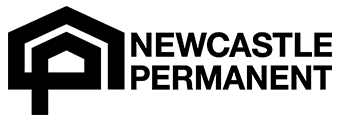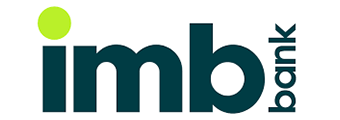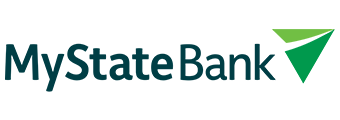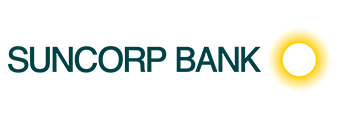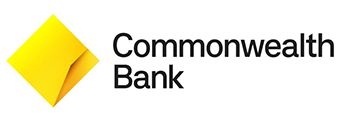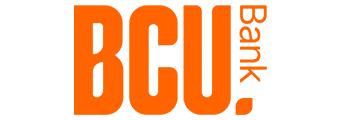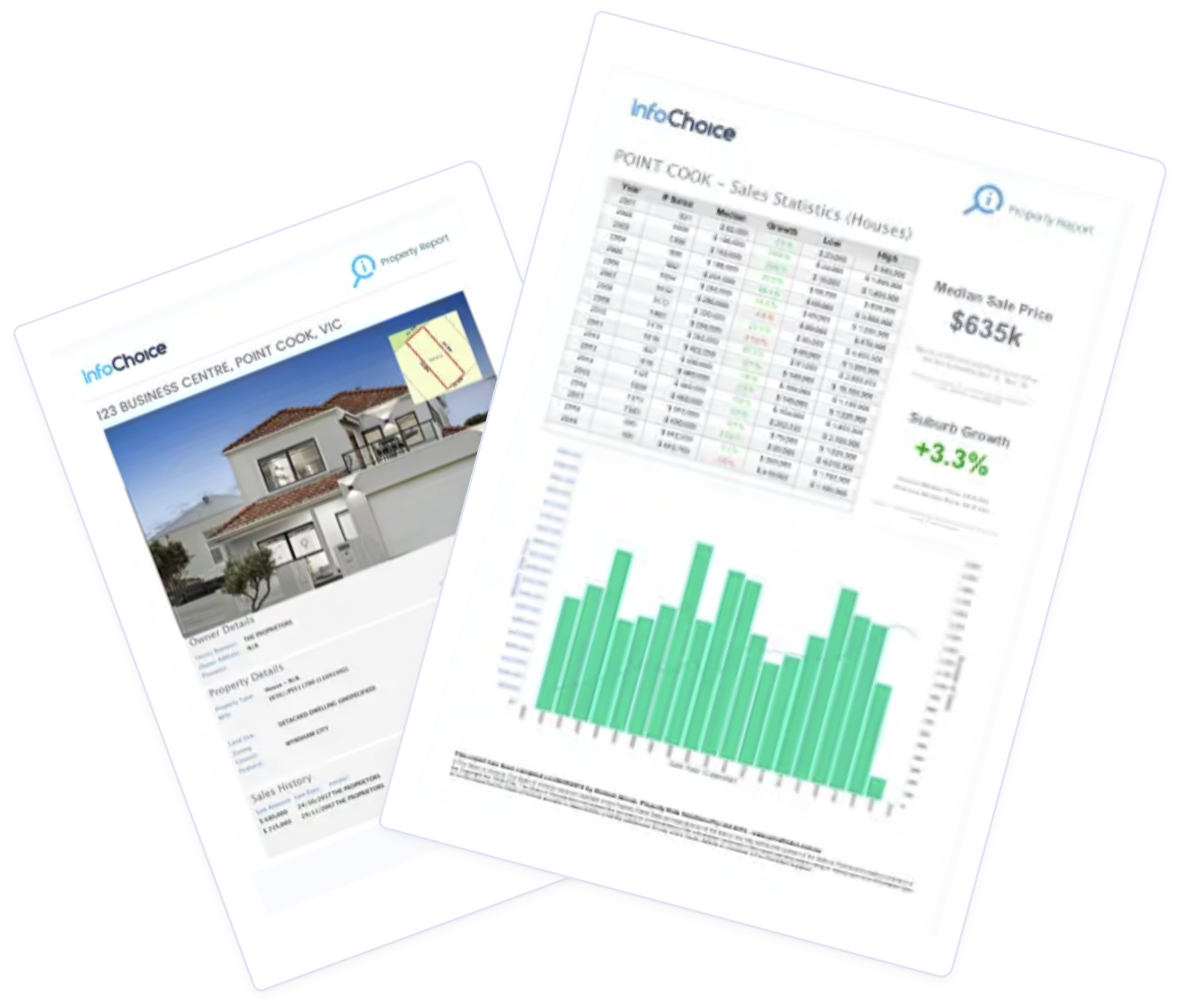Buying a home is expensive - that’s the unfortunate reality. And saving up for a 20% deposit to actually buy a home can be a whole other difficult task in itself. A 20% deposit often equals tens of thousands of dollars, if not more. For example, if you wanted to buy a $750,000 home, you’d need at least $150,000 readily available for the deposit to meet the 20% mark. That is a LOT of money. Money that would take most of us years and years to save.
But, it’s not all doom and gloom.
If you are a first home buyer ready to get into the property market, there are ways around a 20% deposit. Many lenders offer low deposit home loan that only require a 15% or even 10% deposit.
The key benefits for taking out a low-deposit home loan include less time taken to save, and your ability to get your foot on the property ladder sooner. However there’s some considerations to make first.
Here’s how a low deposit home loan works.
What is a low deposit or 90-95% LVR home loan?
When applying for a home loan, the standard deposit is 20% - anything below this is typically regarded as a ‘low deposit.’ While securing a loan with a small deposit means saving less and getting into the market sooner (benefits), it also means borrowing more and coughing up extra cash to pay lenders mortgage insurance (LMI).
LMI is an insurance policy designed to protect the lender in the case the borrower defaults on their home loan repayments. While LMI premiums vary depending on your deposit size, property value, and loan amount, you can generally expect it to add thousands of dollars to your purchasing costs. For instance, a first home buyer purchasing a $600,000 property with a 10% deposit (90% LVR) would need to fork out approximately $9,800 in LMI costs.
| Property price | LVR | Deposit |
|---|---|---|
| $600,000 | 90% | $60,000 |
| $600,000 | 95% | $30,000 |
| $750,000 | 90% | $75,000 |
| $750,000 | 95% | $37,500 |
| $900,000 | 90% | $90,000 |
| $900,000 | 95% | $45,000 |
Steps to getting a low-deposit home loan
1. Lenders mortgage insurance (LMI)
Banks and lenders offering low deposit home loans of as little as 5% typically require borrowers to pay lenders mortgage insurance (LMI). This insurance protects the lender in the likelihood that you may default on your mortgage repayments. LMI is typically underwritten by insurance giants QBE and Genworth, now called Helia.
If you were to default on your mortgage, LMI means the lender can recover what is owed to them by repossessing the property attached to the home loan. Typically, LMI is bundled into the balance of the home loan, which means an increase to the amount of mortgage repayments. To reduce the potential sting, making additional home loan repayments can avoid potentially being caught in a sticky financial situation.
2. Utilising Government schemes
To avoid paying LMI, there are a number of government incentives available for aspiring property owners to achieve their new home goals.
The Home Guarantee Scheme provided by the Australian Government through the National Housing Finance and Investment Corporation (NHFIC) offers the First Home Guarantee, Regional First Home Buyer Guarantee and Family Home Guarantee.
While the three schemes may not a cash incentive for potential first home buyers, they allow first home buyers to purchase a home with a deposit of as little as 2% without being charged LMI.
3. Appoint a guarantor
If you want to try to avoid paying LMI, another option is to ask a relative to act as a guarantor for your home loan. This means the guarantor agrees to take on responsibility for either covering the deposit or for taking over the monthly mortgage repayments for the foreseeable future if you're unable to meet your repayments due to a change in circumstance.
It's a huge ask, admittedly, and the guarantor is taking on risks. So your guarantor can't be just anyone.
It's important to note not just anyone can be a successful guarantor. Your bank or lender will want to take a deep dive into their finances, credit profile and employment to ensure they can cover your payments or fund the loan if you default. Typically, appointing a guarantor will require having to undergo a similar application or verification process to when you first applied for a home loan.
4. Show good money management
Your lender will want to see evidence of your ability to service the loan and will do so by looking at your income, assets and liabilities, bank statements and credit score and history. All these factors come into play as the bank or lender determines whether you will be able to service a mortgage.
If you can point out good behaviour like your deposit savings campaign, or taking on overtime or a side gig to boost your income, then your lender is more likely to view you favourably.
5. Be a doctor, engineer, or other 'esteemed' profession
Many lenders waive LMI - especially if you have a 10% deposit - if you or your spouse is a doctor, engineer, or in a stable and well-paid field - especially in the medical field. This includes GPs, dentists, surgeons, optometrists, vets and so on, however it typically doesn't include nurses. Some lenders might also allow these professionals to borrow 100% of the property value.
Is a low deposit home loan the right option?
Saving for a 20% deposit can be a slog, and if you’re eager to get into the market, a low deposit home loan could be worth it. Or, if you’re willing to wait and save a 20% deposit, this could be worthwhile too.
Here are some of the benefits and drawbacks to weigh up if you’re considering a low deposit home loan.
Enter the market sooner
Domain research revealed it can take first home buyers more than 10 years to save up a 20% deposit for a modest home in the capital cities.
A low deposit home loan cuts down the time you need to save up for a new home, and for first home buyers who are ready to stop renting or living with mum and dad, it can be the right segue onto the property ladder.
Begin building equity
The sooner you get into the market, the sooner you start paying off your mortgage and building up equity (especially if property prices are rising fast).
Once you have at least 20% equity, you could then refinance to a more competitive home loan with lower interest rates or more/better features.
Low deposit loan could end up more expensive
Since you’re borrowing more, you could be seen as a ‘riskier’ borrower. This could lead to higher interest rates and therefore higher monthly loan repayments.
Below is an example of two homes loans with identical interest rates based on a $600,000 property and a 30-year loan term. The only difference is the deposit size - you can see how this changes your repayments.
| Details | Low deposit | Full deposit |
| Property value | $600,000 | $600,000 |
| Deposit size | $60,000 (10%) | $120,000 (20%) |
| Loan amount | $540,000 | $480,000 |
| LMI costs | $9,828 | $0 |
| Interest rate (30-year loan) | 6% | 6% |
| Monthly repayments | $3,237 | $2,878 |
The difference in monthly repayments between the low deposit and full deposit loan is $359.
Over the life of the loan, this adds up to $59,503 in extra interest payments.
Leverage and capital growth
A 5% deposit lets you leverage more of your money. For example, let’s say you have $30,000 saved up - a 95% LVR loan will allow you to borrow up to $570,000, for a $600,000 property value. There’s not many other reliable avenues to invest in something with this type of 19-1 leverage.
As mentioned this allows you to get your foot in the door sooner, build up some equity and hopefully realise some capital gains along the way. In a hot market, the capital gains could far outweigh the lenders mortgage insurance you’ve paid after a few years - of course, capital gains aren’t guaranteed.
Refinance after you build equity
While a bank might sting you with a higher interest rate on 95% LVR mortgages, if you have a variable home loan there’s nothing stopping you from refinancing after you’ve built up 20% equity. This might allow you to get a better mortgage rate, or a product with more flexible or appealing features, such as an offset account.
Take advantage of government schemes
A government scheme proving popular is the Home Guarantee Scheme. This scheme allows a certain number of first home buyers each financial year to enter the market with a 5% deposit without paying lenders mortgage insurance (LMI). This is a big leg up, because this often costs thousands of dollars. Places are limited, but there are lots of lenders participating and this could be one option if you want to get your foot in the door.
Lenders mortgage insurance (LMI)
The big elephant in the room, LMI is an insurance premium charged to borrowers that have less than a 20% deposit saved. A common misconception, it doesn’t protect you, but the lender in case you default on the loan (i.e. have payments more than 90 days past due).
There are two main providers of LMI in Australia - QBE and Helia (formerly Genworth) but your lender might use only one and you don’t get a choice. LMI can cost first home buyers thousands of dollars - here’s a breakdown using InfoChoice Group LMI calculators:
|
Estimated property value |
95% LVR LMI cost |
90% LVR LMI cost |
85% LVR LMI cost |
|
$200,000 |
$6,137 |
$2,574 |
$1,299 |
|
$400,000 |
$15,428 |
$6,552 |
$3,390 |
|
$600,000 |
$23,954 |
$13,284 |
$6,463 |
|
$800,000 |
$41,344 |
$14,400 |
$6,800 |
LMI could easily be as much as your deposit. However some lenders bake it into your loan, meaning you effectively borrow more and pay interest on it.
Premiums might be waived if you have a 10% deposit and are in an esteemed profession, such as medical professionals. Some banks also waive LMI If you have a 15% deposit, but the higher interest rates might not be worth it.
Larger repayments
It seems obvious but you’re borrowing 95% of the property’s value, and potentially paying off more if you’ve baked the LMI into the loan.
To give a cost breakdown, if you have borrowed $570,000 for a $600,000 home at 5.50% p.a. interest over 30 years, that’s $3,236 per month.
If you had saved up 20% you’d be borrowing $480,000, which would mean a $2,725 repayment under the same circumstances, or a saving of more than $500 a month.
You will have to factor in the higher repayments with your budget and income.
Risk of negative equity
Think of equity as your skin in the game. You are entering the market with only 5%. While property might seem like it only goes up in value, there tends to be a lot of blips and dips along the way. It’s very realistic for you to lose more than 5% of value on the property, which means owing more on the home than it’s worth - called negative equity.
This is only a paper loss until you sell, so if you have less of a deposit, it could be a wise move to purchase the property with a long term holding goal of more than a few years.
Higher interest rates and interest paid
Higher-LVR home loans likely attract higher interest rates. RBA data indicates over the past few years that the gulf has been 15 basis points for new owner occupier loans. This is when comparing over/under 80% LVR. The gulf is likely to be wider still when comparing 95% LVR loans specifically.
Aside from that, assuming interest rates are the same using the circumstances above, a $570,000 loan (95% LVR) ends up costing more than $1.16 million over 30 years, versus just over $981,000 if you had borrowed $480,000 (80% LVR) - a saving of more than $170,000.
However your interest rate likely won't remain the same for 30 years, and you might refinance in that time. You will also have to consider if $179,000 extra in interest paid (plus LMI) is worth the opportunity cost of potential capital gains over that timeframe.
Tips to help get approved for a low-deposit home loan
- Ensure your application paperwork is correct
- Check your credit history - obtain a copy of your credit report and check for any errors or discrepancies. Then, start paying off any existing debts, make timely bill payments, and cancel any unnecessary credit cards.
- Keep track of your spending - take control of your everyday spending and eliminate any unnecessary purchases e.g. buy now pay later and other debts. Lenders will likely want to see three months' worth of bank statements and a demonstrated history of real savings.
- Check what type of property you’re buying and where - some lenders impose higher lending requirements and restrictions on certain property types in certain postcodes. They may require a 20% deposit.
- Speak to a mortgage broker - can guide you through how a low deposit home loan works, the different loan products at your disposal, and your deposit options.





